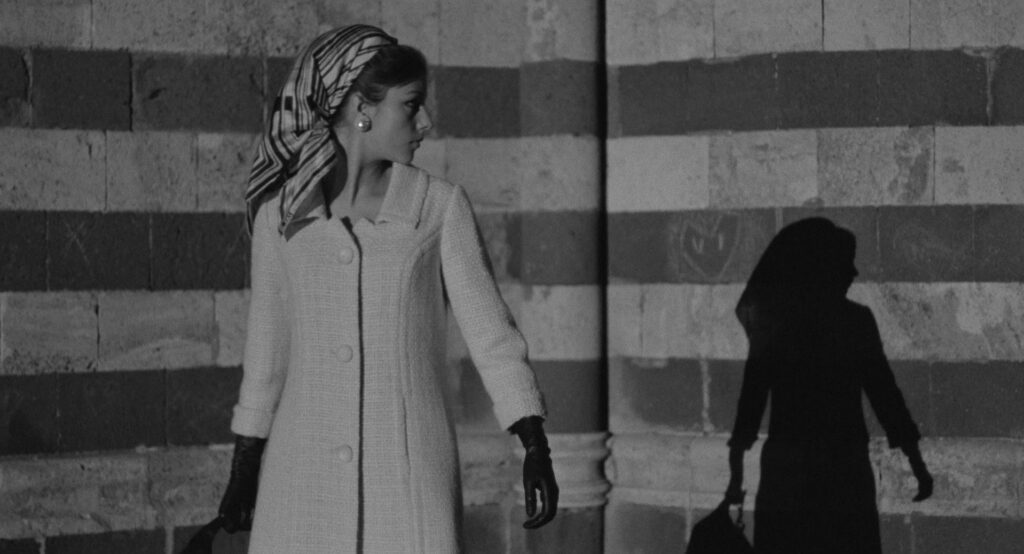
I Knew Her Well
1965, directed by Antonio Pietrangeli
Imagine the outrage if the Roman Catholic Church were to beatify someone like Adriana Astarelli. On top of her seemingly hedonistic lifestyle, she commits the two most disqualifying sins in the eyes of the Church – abortion and suicide. I Knew Her Well courts exactly that kind of scandal, because it argues that Adriana is the modern equivalent of a saint.
We know well how Italian society can judge a young woman like Adriana, because we witness a variety of examples. Her mother puts a shawl over her shoulders saying “We’re not in the big city here”; the policeman wishes he were her father, presumably to beat some sense into her; the writer finds her “curious about nothing”, interested only in “sunbathing, listening to records, and dancing”; the writer’s maid casts a sidelong glance at her in his bed; the crowd at the boxing match mocks her butterfly dress; and her former coworkers at the movie palace take delight in the newsreel that humiliates her. Italy was just modern enough in 1965 to allow Adriana her freedom, but still conservative enough to hold her in contempt for exercising it.
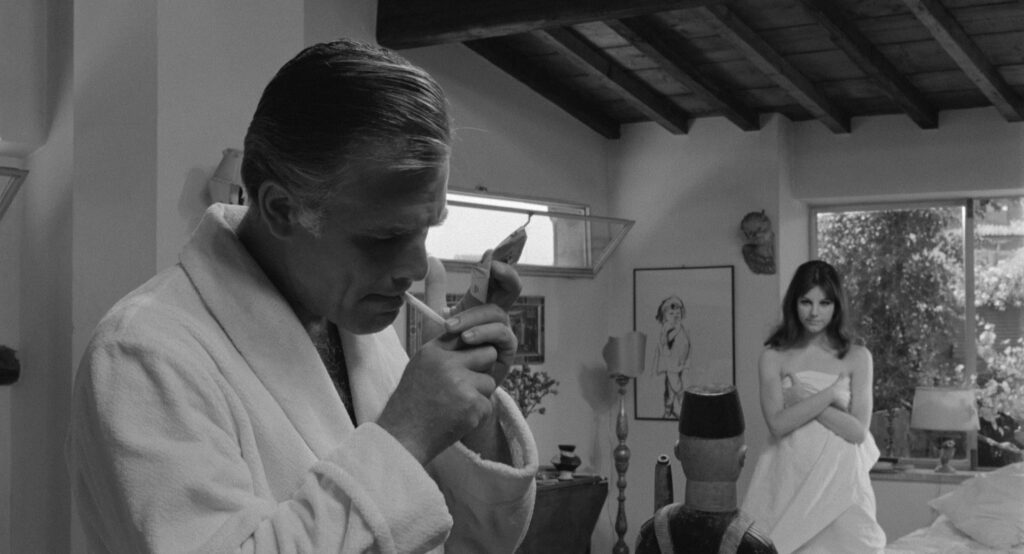
Nor does the movie contradict these judgments directly. From the opening shots we’re given every reason to find her shallow and self-absorbed. She’s introduced sunbathing topless on a beach, late for work. She asks an old street vendor to fasten her bra, hurries into the beauty salon, and immediately lies down on the bed in back. While filing a customer’s nails she gets distracted and starts filing her own. When the shop owner comes in she’s reading a “Demoniak” comic book, and she barely seems to care when her boss gropes her all over. In the next scene she’s on a double date with two young men and a foreign woman.
On that date, however, things turn serious at the scene of an accident. A driver has apparently killed a cyclist and is stumbling around in disbelief. Adriana looks at the victim and the driver with an expression of pure sympathy. The scene is punctuated by an unforgettable shot of spooked horses trampling in place on a truckbed, underscoring the gravity of the accident but also heralding the first appearance of Adriana’s compassionate nature. From here on she consistently understands the wishes and hardships of everyone around her. Whatever anyone asks of her she gives, even to the point of sacrifice, except when she senses insincerity – like when her manager tries to pawn her off on an old man driving to Rome, or when Baggini asks her out on Roberto’s behalf. She misses a date with a man in the film business to babysit for her neighbor; she takes pity on the garage attendant who pines after her; she’s sympathetic to Dario after he leaves her in the lurch; and she’s the only person who shows humanity to the losing boxer or to Baggini.
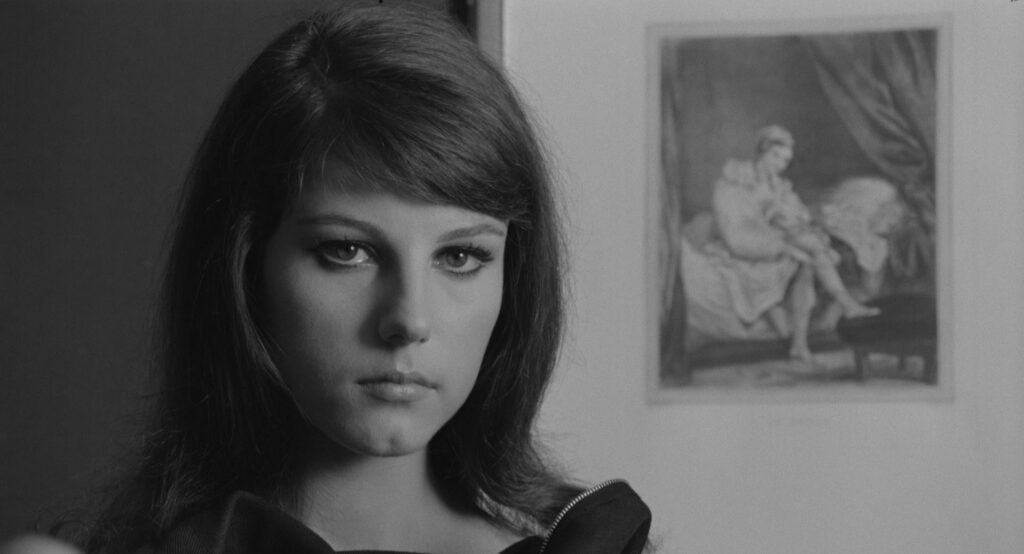
The act that defines her character comes at the end of the episode with Antonio, a young man she falls deeply in love with. When she meets him he reminds her of Saint Anthony, the patron saint of her home village, but when they separate she will be the one who looks like a saint. Her love is so strong that she agrees without complaint to help him telephone another woman, moments after the shock of learning that he has someone else. Her grace is extraordinary, and it shouldn’t be sacrilegious to say that it’s the same quality usually attributed to martyrs of the faith, even if the context is worlds apart.
There are also hints of Adriana’s saintliness in the promotional newsreel that figuratively crucifies her. In Catholicism a saint should be like Christ, and when Adriana shrugs her shoulders her outstretched arms resemble Christ’s posture on the cross, while the hole in her stocking is like stigmata, imitating the nail wound in Christ’s feet.

It’s critical that the movie does not overdraw Adriana’s saintly qualities. This isn’t a Frank Capra movie, and it does not try to force the audience toward a particular conclusion or feeling. We’re given a chance to see her as a saint, but we’re also given every excuse to see her as everyone else does. I Knew Her Well is a test of the viewer, not because it doubts our judgment, but because exposing its purpose too loudly would weaken the force of its argument. If Adriana went around performing acts of charity or retreated into religious devotion, then the movie would not help us to see what’s so crucial – that any real or hypothetical God who might be waiting for us might very well welcome someone as vain, frivolous, and promiscuous as Adriana into his arms. The movie is a rebuke to a judgmental culture, and if we fail to see her saintliness – if we regard her merely as a nice girl whom people take advantage of – then we’ll miss the movie’s full subversive intent. It’s not only that it’s wrong to look down on her; rather we should all look up to her with the same reverence traditionally reserved for saints.
The riddle in the title should be easy to solve now. The “I” who knew her well must be the God who accepts her. There’s no candidate among the characters. The novelist comes to realize he might have misjudged her, but he can still only guess at her nature. The film’s audience might catch a glimpse of her essence, but the episodic structure only allows us to know her in pieces. It would be too presumptuous if the “I” referred to Pietrangeli; anything he might know about her should be there on the screen for us to know as well. Whether Pietrangeli believed in or assumed the existence of a God is beside the point – it’s enough that the title posits a divine point of view embracing Adriana in contrast to the easily misled judgment of human beings.
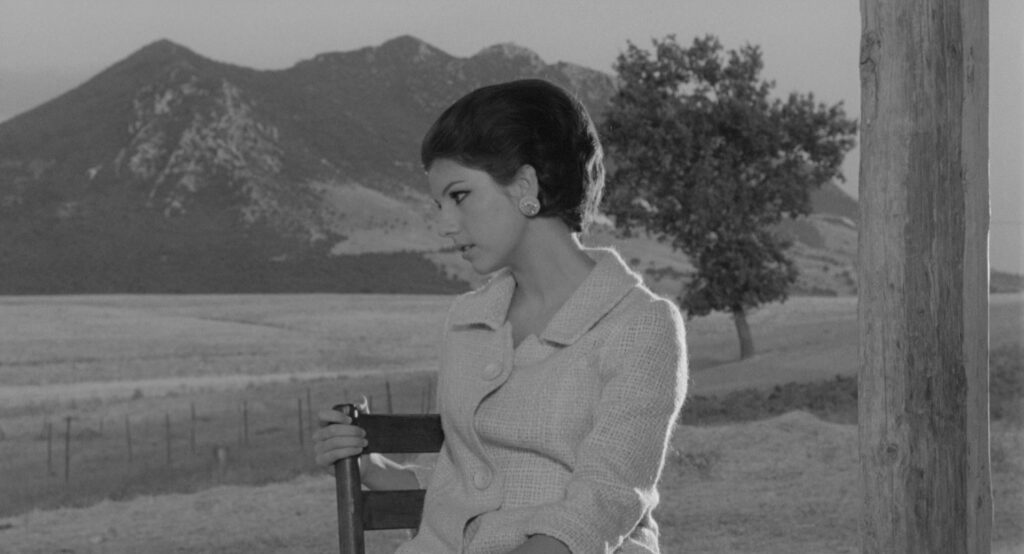
Alongside this argument, I Knew Her Well also expresses an insight so often missing from film criticism. This insight arises from the interview newsreel that Adriana thought would promote her, but which in fact kills her acting career and precipitates her suicide. As a rule, whenever a good movie includes an embedded story or a film within the film, even a little capsule that may or may not divert from the main story, it’s worth asking whether the embedded element may be a clue to the whole film. It’s not obvious that the newsreel is like a miniature of the larger movie, because its spirit is so opposite, but it’s their similarities that make the differences enlightening.
I Knew Her Well and Adriana’s one-minute newsreel (“And Lastly, a New Face”) share many of the exact same cinematic virtues, with an important exception. First of all, both are remarkable for their editing. With only seconds of footage the newsreel spins a diabolical joke at Adriana’s expense. It turns documentary into fiction, cleverly rearranging the footage and selectively speeding up the action. The larger film’s editing is ingenious too, to the point of showiness. Many episodes are linked by shock cuts that skip boldly through Adriana’s story. She’s babysitting in Rome when without warning a boxer falls to the mat in Orvieto. A quiet visit to her family farm is broken by acting students practicing loud laughs. Her abortion scene cuts suggestively to a woman screaming, blurred by a police station’s translucent glass. Her date with Antonio is interrupted by a spaghetti western film set. When she surprises Italo in the garage the film cuts to airplane stunts on a movie screen. Scenes open with a new job, a new home, a new boyfriend, advancing the plot with admirable economy.
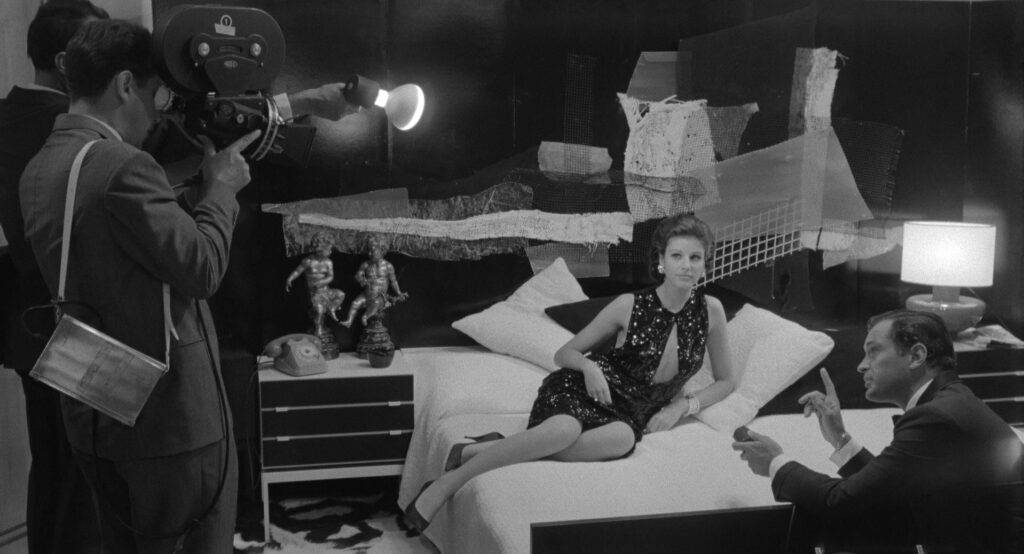
Secondly, both the movie and the newsreel use repetition expertly. The newsreel does it to mock Adriana, speeding her up as she shrugs her arms to “Non so, speriamo!” again and again. In contrast, the movie’s repetitions are nearly invisible. The novelist’s description of “Milena” in his typewriter echoes the old editor’s promotion of Adriana in his typewriter; both men are using her while typing fiction. There are two beach scenes (day and night), two scenes in beauty salons (she advances from employee to customer), two scenes where Adriana is filmed, two scenes on a dance floor, two scenes in the cinema, two scenes with a man holding a hose (by the beach in the opening, Italo in the garage), two scenes where someone else is being exploited (the boxer and Baggini), and two scenes where Adriana ducks out of a room after a great humiliation (after Antonio and after the newsreel).
Thirdly, the movie and newsreel are both adept at characterization, even if one uses its skill to destroy the character – and they both use the same visual device. The opening shot introduces Adriana in a slow pan from her feet to her head, and throughout the movie she’ll be covered “from head to toe” in accordance with the title, symbolically showing her in full. The newsreel pans in the reverse direction, from her head to her feet, and its intent is also reversed – it concludes with ridicule, zooming in on a hole in her stocking. Whereas the newsreel insinuates that she’s a prostitute (she’s in bed “to work”), in the movie she fails precisely because she won’t prostitute herself (she won’t go with Roberto).
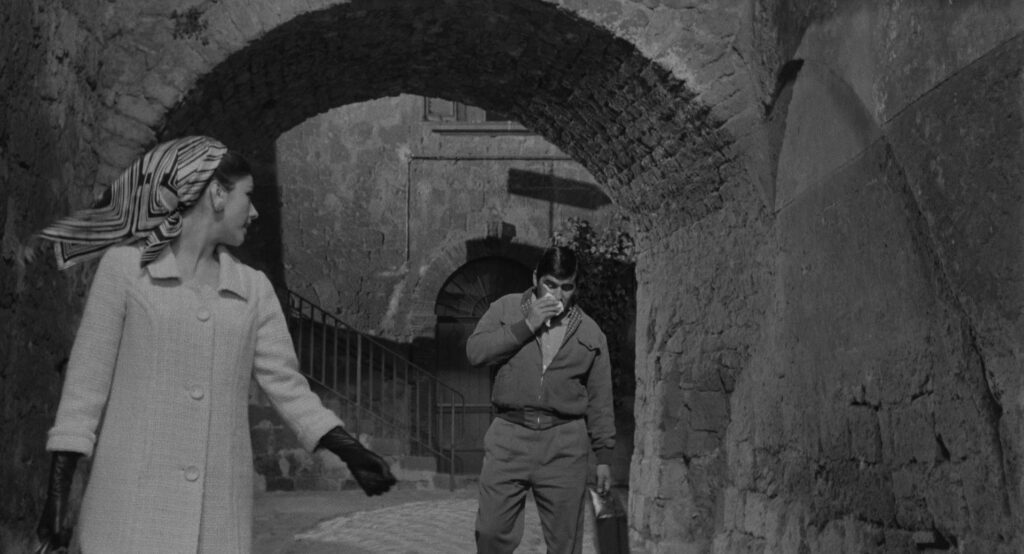
The great insight here, which is so contrary to much of film criticism, is that all of a movie’s technical and narrative wizardry is worth little if it’s not in the service of the movie’s humanity. Both the newsreel and I Knew Her Well are made with consummate skill and imagination, but one is reprehensible while the other invests a character with so much humanity that anyone should be able to learn from her. We should be able to see, in this comparison, that any “art” that rests solely in the cleverness of its medium’s language is vanity. Too many movies are valued chiefly for superficial production values like editing, cinematography, and the intangible directorial flourishes that make them unique. Even acting, writing, plotting, and characterization can be executed skillfully without much understanding of life behind them. In the same way that Adriana should teach us to treasure a person’s nature without respect to lifestyle, I Knew Her Well should clarify what it means to put a movie’s humanity above all its other qualities.
CONNECTIONS:
Exit Smiling – Would-be actress who gives her whole self to the world and is never thanked for it
City Lights – Saintly protagonist ignored and misunderstood by society
Red-Headed Woman – Subversive story of a sexually “loose” woman from a poor background trying to find her place in the world
I Wake Up Screaming – Title where the identity of the “I” is in question
Orphée – Art disconnected from humanity leads to death
Diary of a Country Priest – Argument against a religion that views suicides as damned
Vivre sa vie – Episodic portrait of a doomed aspiring actress, with a lesson about art
Au hasard Balthazar – Subversive claim to sainthood for a character most would consider unworthy
Blow-Up – Woman who seems shallow but is deep, vs. man who starts shallow & becomes deep
La rupture – Exemplary protagonist whom society judges as a loose woman
Breaking the Waves – Woman portrayed as a saint despite her flagrant sexuality
Mulholland Drive – Aspiring actress whose career fails and who commits suicide
LIST OF SCENES:
I Knew Her Well has a distinct episodic structure, and a chronological list of its scenes may be a useful reference.
- Beach & beauty salon
- Movie theater, date, & road accident
- Magazine editor’s office
- Dario at the Calypso beach resort
- Hairstylist
- Boot commercial
- New apartment & babysitting
- Boxing match and walk through Orvieto
- Family farm
- Acting lesson
- Abortion
- Police station
- Novelist’s apartment
- Meeting Antonio at a nightclub
- Spaghetti western set
- Antonio’s hotel room
- Garage 1
- Roberto’s party
- Garage 2
- Newsreel at the movie theater
- Watering plants & dancing with Luciano
- Restaurant by a waterfall
- Date with black man
- Garage 3
- Suicide